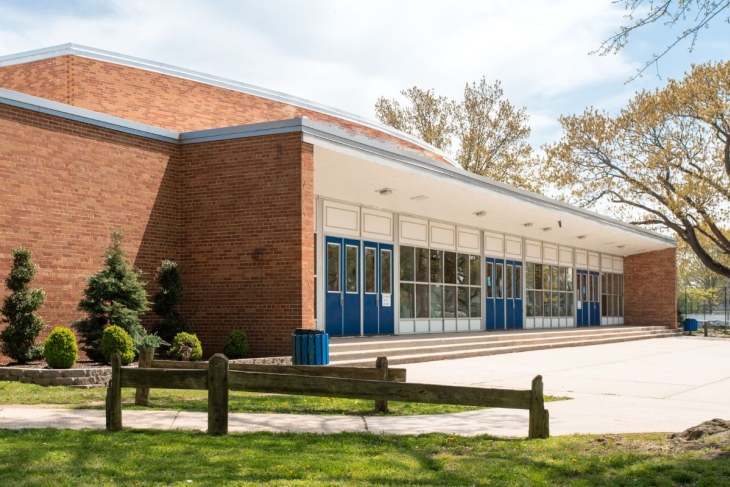NOTE: The Thomas B. Fordham Institute occasionally publishes guest commentaries on its blogs. The views expressed by guest authors do not necessarily reflect those of Fordham.
In a new analysis released today, ExcelinEd examined the combined impact of Ohio’s various policies to support charter school facilities and compared it to what the schools are currently spending for those facilities. The analysis looked just at the basic buildings that most charter schools occupy—not the vastly more expensive facilities in the state’s traditional school districts.
When ExcelinEd first conducted this analysis in 2021, we found that Ohio was meeting only 18 percent of the facility needs of its charter school students. This meant that a significant portion of each charter school’s resources were being used for facilities rather than classroom needs.
Thanks to recent increases in state per-pupil facility aid for charter schools, Ohio has made progress. However, the state still has significant room to improve.
Using ExcelinEd’s Charter School Facility Index methodology to measure the actual impact of state policies, the updated study found that Ohio is currently meeting 52 percent of the facility needs of its brick-and-mortar charter schools. The analysis also determined that if policymakers don’t make any changes, that number will drop to 42 percent in five years.
This large facility gap means charter schools must still dip into operational revenues to pay the remaining cost of their facilities (48 percent), which equals $971 per student. Again, this means less money in the classroom.
With those dollars, an average-sized charter school could, for example, pay for an additional five teachers or give its current classroom teachers a 25 percent salary increase.
Over the next five years—if policy improvements aren’t made—those lost opportunities will grow to seven teachers per school or a 38 percent raise for every teacher.
The facility gap also means charter schools will have difficulty expanding to provide educational opportunity to more Ohio students.
State policymakers have several options to close the facility funding gap for charter schools
State policymakers have a variety of options to better meet the facility needs of Ohio charter schools. As discussed in our report, these options include additional direct aid for facilities, strategies to provide easier access to unused district school buildings and policies that reduce the costs of financing capital projects.
Through the report’s companion, ExcelinEd’s Charter School Facility Index Tool, Ohio policymakers can evaluate these options and determine the likely impacts of potential changes in state policies.
Just to maintain current level of support, the state can regularly review its direct funding for charter school facilities to ensure that it is keeping pace with enrollment increases and facility-cost inflation.
To reduce the facility gap, the state can let charter schools share in the $300 million in state facilities grants each year, proportional to their public school enrollment.
Ohio can also follow the lead of states like Colorado that are requiring districts to share local funds raised for facilities.
Access to existing school buildings can make a difference, too. There are significant numbers of under-utilized district buildings in Ohio. The state can provide access to these buildings at no or low cost and strengthen the requirement that districts list surplus buildings.
Lastly, it is difficult for charter schools in Ohio to secure affordable financing to purchase or build facilities. Credit enhancement improves charter schools’ ability to secure financing to acquire, construct or renovate buildings through guarantees or other forms of financial support. This improves the schools’ credit ratings, which can help them secure loans and bonds at lower interest rates.
Ohio also can provide low-interest loans to charter schools through a Revolving Loan Fund, like Idaho recently did. This would be a particular help for new schools that may need extra dollars to cover startup costs or an existing school that’s facing a facilities-related expense, such as replacing a roof or boiler.
Bridging the facility funding gap for Ohio’s charter schools will lead to a stronger, more robust education landscape
Fully meeting charter schools’ facility needs is critical to the success of students and the long-term growth and sustainability of these schools. Achieving this goal will allow charters to use more funds in the classroom, including paying teachers more competitive wages. It will also ensure that charters have the physical space and amenities to continue to meet the growing demand from Ohio’s families for quality school options.
In recent years, Ohio has made commendable progress on charter facilities—but it’s only halfway there. If state policymakers can fill the other half of the facility-funding bucket, more Ohio students will have opportunities to attend excellent public charter schools.
Matthew Joseph is Senior Policy Advisor for ExcelinEd.




